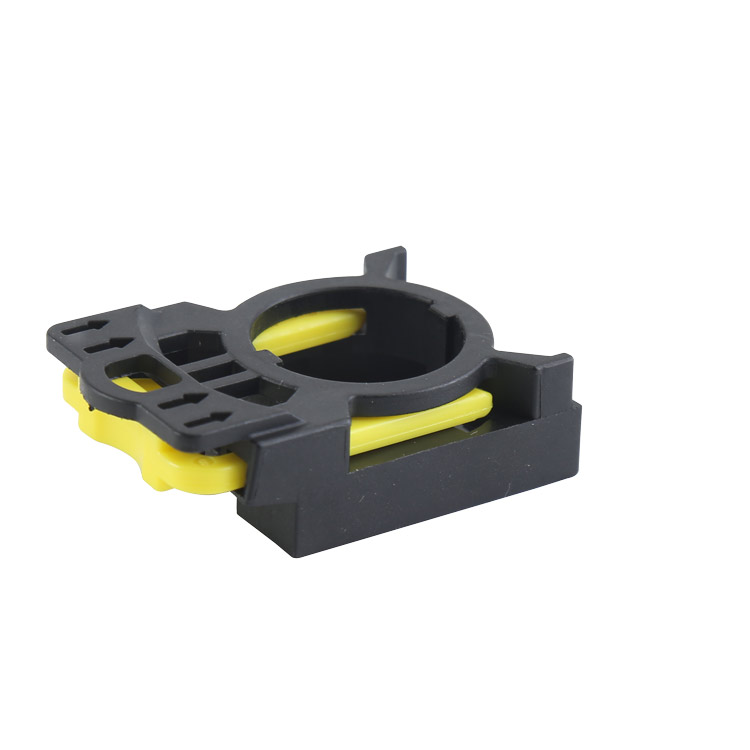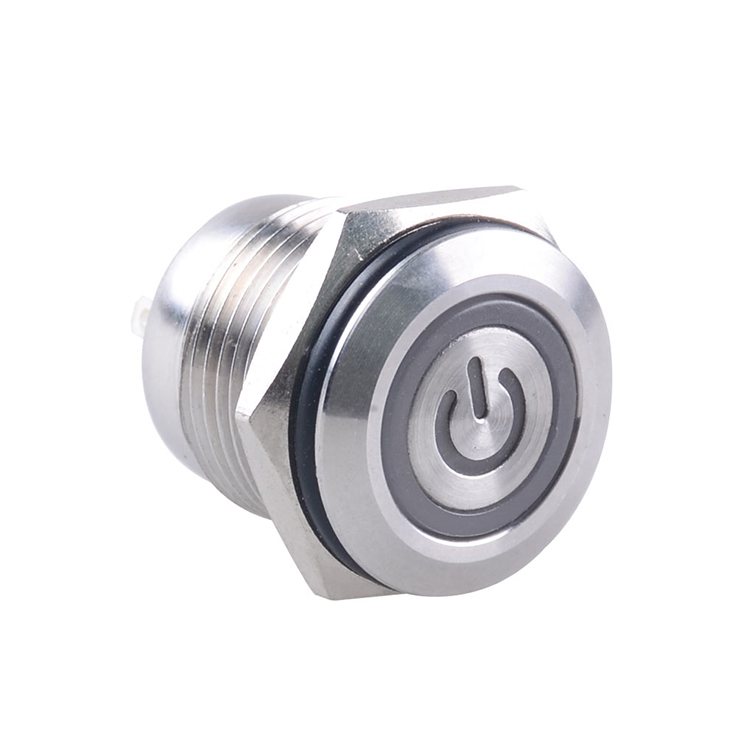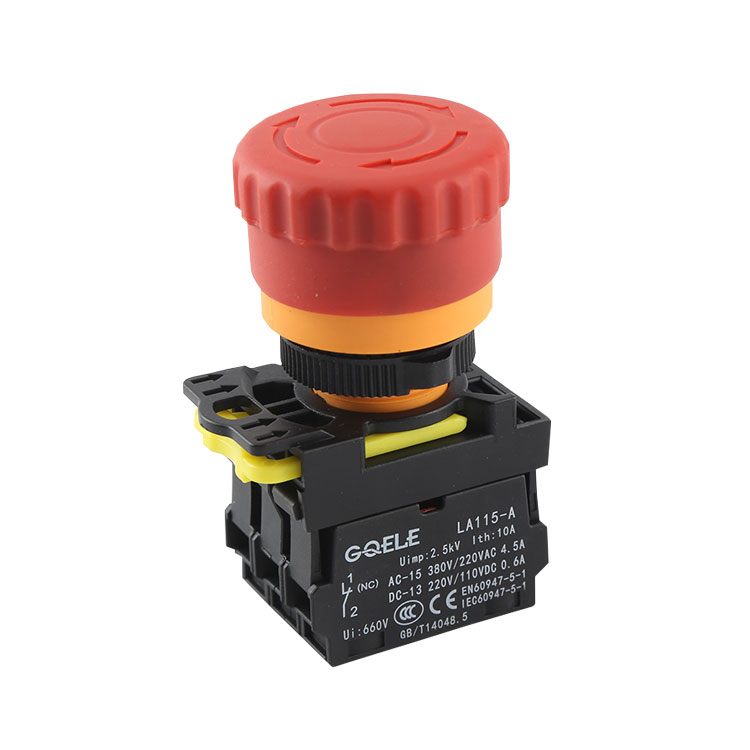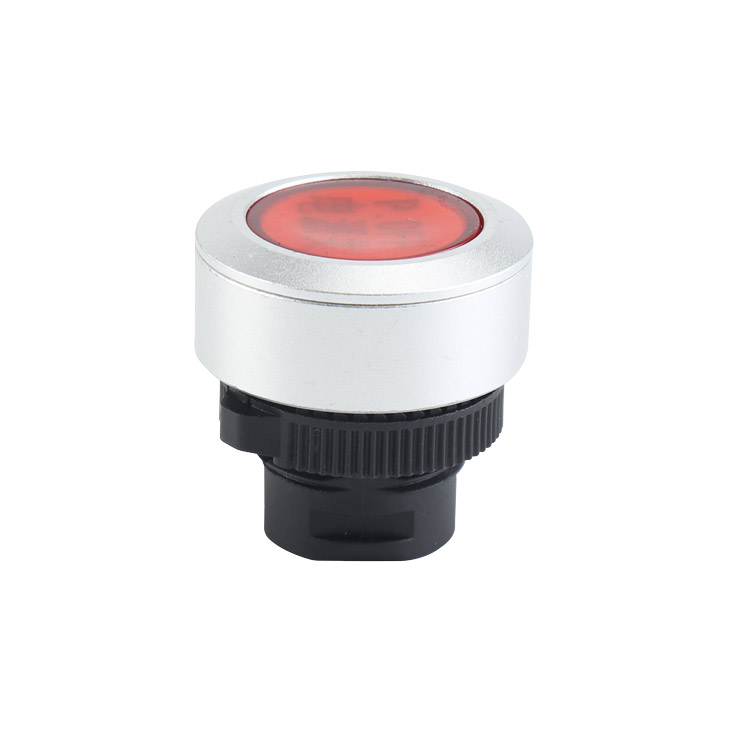
LA115-C-11YA High Quality 1NO&1NC Key Control Keylock Selector Push Button With Round Head & No Light

GXB2-EW33 Green Round Flush Push Button Head With Green Light And Higher Transparent Protecting Cover

GXB4-EA3311 1NO Momentary Flush Push Button Switch With Round Shape Green Head And Symbol

LA115-B-Z High Quality Yellow&Black Trapeziform Plastic Bracket / Holder

GL-16FA10S/R23-SJ Metal push button

GXB2-BL41 High Quality 1NO Momentary Extended Push Button With Red Round Shape Head And Spring Return

LA115-N-11BN 1NO&1NC Momentary Plastic Flush Push Button With Green Head And Without Illumination

LA115-A-10 High Quality 1NO Green&Black&White Normally Open Plastic Contact Block

GXB2-ED21 High Quality 1NO Selector Push Button Switch With Plastic Rotary Round Head and Maintained Short Handle

AL505-RYG Red&Yellow&Green Φ50 AC/DC 24V Round Head Multicolor Without Buzzer And With Paperback Base

LA115-A5-11ZTD 1NO&1NC Twist Or Pull Release Illuminated Emergency Stop Push Button With Red Mushroom Shape Head And Symbols

16mm push button switch GL-16F11S/R23-SJ











